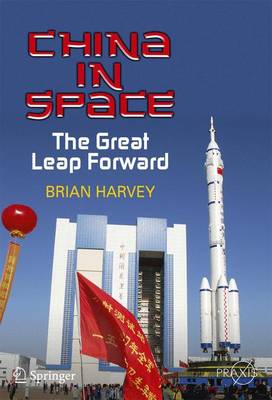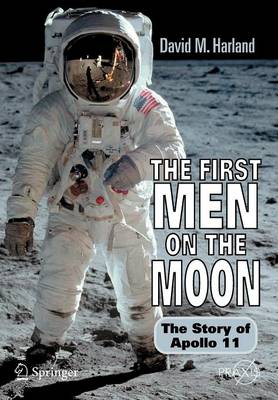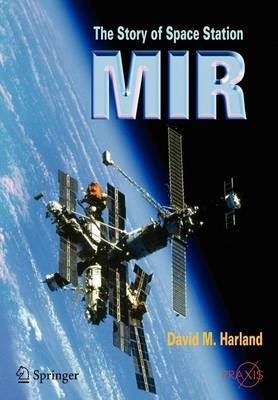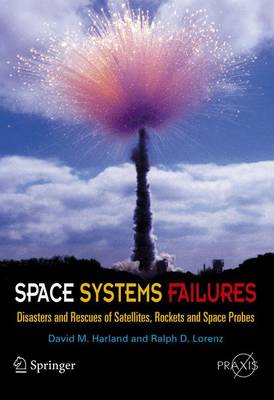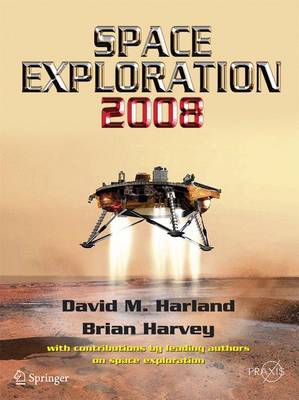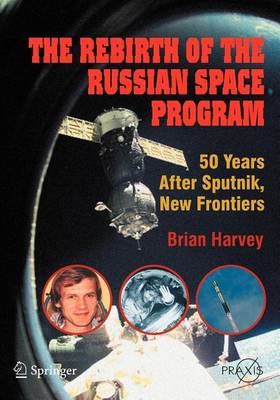Springer-Praxis Books in Space Exploration
11 total works
This book tells the story of the Soviet and Russian lunar programme, from its origins to the present-day federal Russian space programme. Brian Harvey describes the techniques devised by the USSR for lunar landing, from the LK lunar module to the LOK lunar orbiter and versions tested in Earth's orbit. He asks whether these systems would have worked and examines how well they were tested. He concludes that political mismanagement rather than technology prevented the Soviet Union from landing cosmonauts on the moon. The book is well timed for the return to the moon by the United States and the first missions there by China and India.
In this comprehensive overview of Man’s relationship with his planet’s nearest neighbor, David Harland opens with a review of the robotic probes, namely the Rangers which returned television before crashing into the Moon, the Surveyors which 'soft landed' in order to investigate the nature of the surface, and the Lunar Orbiters which mapped prospective Apollo landing sites. He then outlines the historic landing by Apollo 11 and the final three missions of comprehensive geological investigations. He concludes with a review of the robotic spacecraft that made remote-sensing observations of the Moon. This Commemorative Edition includes a foreword by one of the original astronauts as well as an extra section reviewing the prospect of renewed exploration there. New graphics and images are also included.
This book provides an overview of the origins of the Apollo program and descriptions of the ground facilities, launch vehicles and spacecraft that were developed in the quest to reach - and return from - the surface of the moon. It will serve as an invaluable single-volume sourcebook for space enthusiasts, space historians, journalists, and others. The text includes a comprehensive collection of tables listing facts and figures for each mission.
Emerging Space Powers: The New Space Programs of Asia, the Middle East and South-America
by Brian Harvey, Henk H Smid, and Th Pirard
On 12 April 1961 Yuri Gagarin became the first man to orbit the Earth. One month later, President John F. Kennedy challenged the American nation to land a man on the Moon before the decade was out.
On 16 July 1969, Neil Armstrong, Michael Collins and Buzz Aldrin set off in Apollo 11 to attempt this audacious mission, and succeeded magnificently. This book tells the story of Apollo 11, starting with crew selection and training, the choice of the landing site, and the assembly of the space vehicle, then a detailed account of the mission, featuring the lunar landing and moonwalk, and a review of how our knowledge of the Moon's history was revolutionised as a result. The story is enlivened by dialogue between the astronauts in space and the flight controllers in Mission Control.
This book provides an annual update on recent space launches, missions and results. The annual, written for both young and older space enthusiasts, provides a regular, balanced review of all the world's major space programmes. It covers space exploration from a variety of angles: looking back at past missions, reviewing those currently under way and looking to those planned for the future. The ten invited contributions each year will cover a variety of topics within these areas. The book is for space enthusiasts from teens upwards through to professionals working in the worldwide space industry and journalists covering space issues.
* Depicts Mir's assembly piece by piece, in space, between 1982 and 1996.
* Describes how Mir became an international research laboratory.
* Advises how Mir technology went on to form the 'core modules' of the ISS.
* The definitive account of Mir throughout its life through to de-orbiting in March 2001.
Focuses on the causes of the failures and discusses how the engineering knowledge base has been enhanced by the lessons learned.
Discusses non-fatal anomalies which do not affect the ultimate success of a mission, but which are failures nevertheless.
Describes engineering aspects of the spacecraft, making this a valuable complementary reference work to conventional engineering texts.

